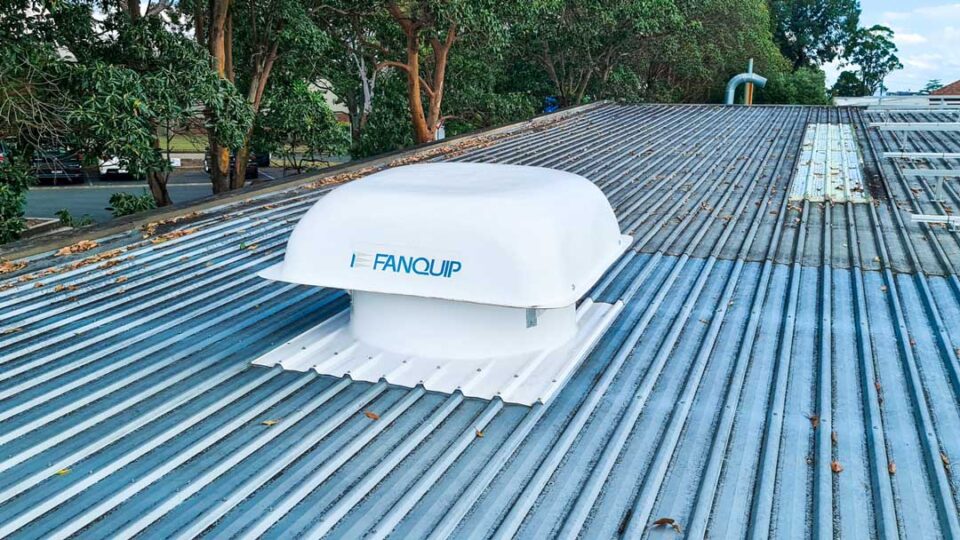Australia’s climate has experienced a steady increase in temperatures ever since national records were first kept in 1910. In 2019, there were 43 extremely warm days, more than triple the number in any year before 2000. The frequency of very hot days in summer has also increased, with 33 days in 2019 having a national daily average maximum temperature exceeding 39°C, compared to 24 days from 1960 to 2018.
Looking ahead to 2023, as Australia faces a hot and dry El Niño summer, the danger posed by heatwaves in southern cities like Melbourne, Sydney, and Adelaide is expected to increase.
Seasonal shifts and workplace challenges
As the weather heats up in Australia, companies must consider the negative impact of heat on employees. Prolonged exposure can cause fatigue, decreased productivity, increased complaints and absenteeism.
Outdoor workers face a higher risk of sun damage, while indoor employees may experience thermal discomfort due to outdated workplace cooling systems. The ideal temperature for sedentary work typically falls within the range of 20°C – 26°C. For those engaged in physical labour, a slightly lower temperature is often preferred. Besides, employers have a responsibility to ensure the well-being of their employees by providing a secure working environment equipped with necessary protective gear, water supply, shaded areas, and most importantly, a constant flow of cooling air.
Adapting workplaces for hotter seasons
With heat anticipated this summer, workplaces must adapt to ensure the well-being of their staff and operational efficiency. Rising temperatures particularly affect industries relying on physical labour and equipment, leading to decreased productivity, increased health and safety risks and compromised equipment efficiency. To address these challenges, companies should adopt ventilation in the workplace to enhance indoor air quality and maintain comfortable and safe working environments.
Heat management
Industrial operations, machinery, and equipment generate an abundance of heat that can be overwhelming, especially during the summer months. Constant exposure to high temperatures poses a serious threat to the physical well-being of employees, when the human body struggles to release the surplus heat, resulting in a rapid rise in core temperature and heart rate. Implementation of effective cooling measures will act as a protective shield, ensuring the safety and well-being of workers amidst the heat stress.
Related blog: Warehouse cooling solutions for Australian summers
Regulation compliance
Industrial processes can release a wide range of harmful substances, ranging from noxious fumes and dust particles to dangerous hazardous chemicals. This poses a significant risk to employees working in various industries such as manufacturing, vehicle repair shops, bakeries, warehouses, and workshops. Particularly during the summer months when the heat hinders the dispersion of these pollutants, workers are even more vulnerable to the potentially detrimental effects.
To maintain a safe environment, Safe Work Australia has established workplace exposure standards for particulate matter and airborne contaminants. These standards apply to all workplaces, regardless of the industry or operation, highlighting the importance of protecting workers from harmful substances.
By prioritising proper ventilation and adhering to these standards, businesses can minimise the risks associated with industrial processes and heat to create a safer working environment for their employees.
Productivity
A comfortable working environment plays a vital role in boosting productivity levels. Optimal ventilation is key to maintaining comfortable temperatures, allowing employees to perform at their best even in the hottest seasons. By providing a well-ventilated workspace, we enable workforce to remain focused, alert, and highly productive. On the other hand, inadequate ventilation systems can lead to potential health issues, resulting in decreased productivity and increased sick leave.
Health and safety
Insufficient ventilation catalyses a wide range of problems that directly impact the well-being of employees. When there is a lack of proper airflow, it creates an environment where excess humidity, CO2, harmful germs, heat and indoor pollutants accumulate, leading to a significant increase in the likelihood of experiencing various symptoms and illnesses. Frequent headaches, nausea, allergies and general fatigue become a common occurrence, hindering productivity and causing discomfort.
By ensuring sufficient ventilation in a workplace, employers can create a healthier and more conducive environment, leading to happier and more productive employees.
Equipment installation and performance
Industrial equipment, electronics, and machinery can be extremely sensitive to high temperatures. When these items are operated or installed in extreme heat, they can overheat, perform poorly, malfunction, break down, and require expensive repairs. Therefore, it is essential to ensure that equipment can operate safely and efficiently within specific temperature ranges. By incorporating an artificial cooling system, a constant and regulated airflow can be maintained, effectively dissipating any excess heat generated during the operation of industrial equipment. This not only prevents overheating but also optimises their performance, significantly reducing the chances of malfunctions or breakdowns.
Adapt to warm weather with Fanquip
With hotter seasons anticipated in Australia, effective solutions are crucial. Fanquip’s ventilation systems create a comfortable, secure, and productive work environment. By embracing advanced ventilation systems, companies can tackle the difficulties of hotter seasons and position themselves as forward-thinking contributors to their industries.
Keep your workers happy and productivity up with Fanquip’s Industrial Fans & Warehouse Cooling Solutions. Act now for a cooler and more sustainable future for your business and workforce.
